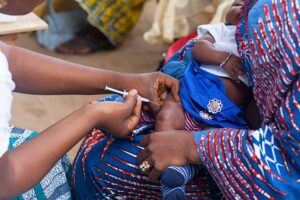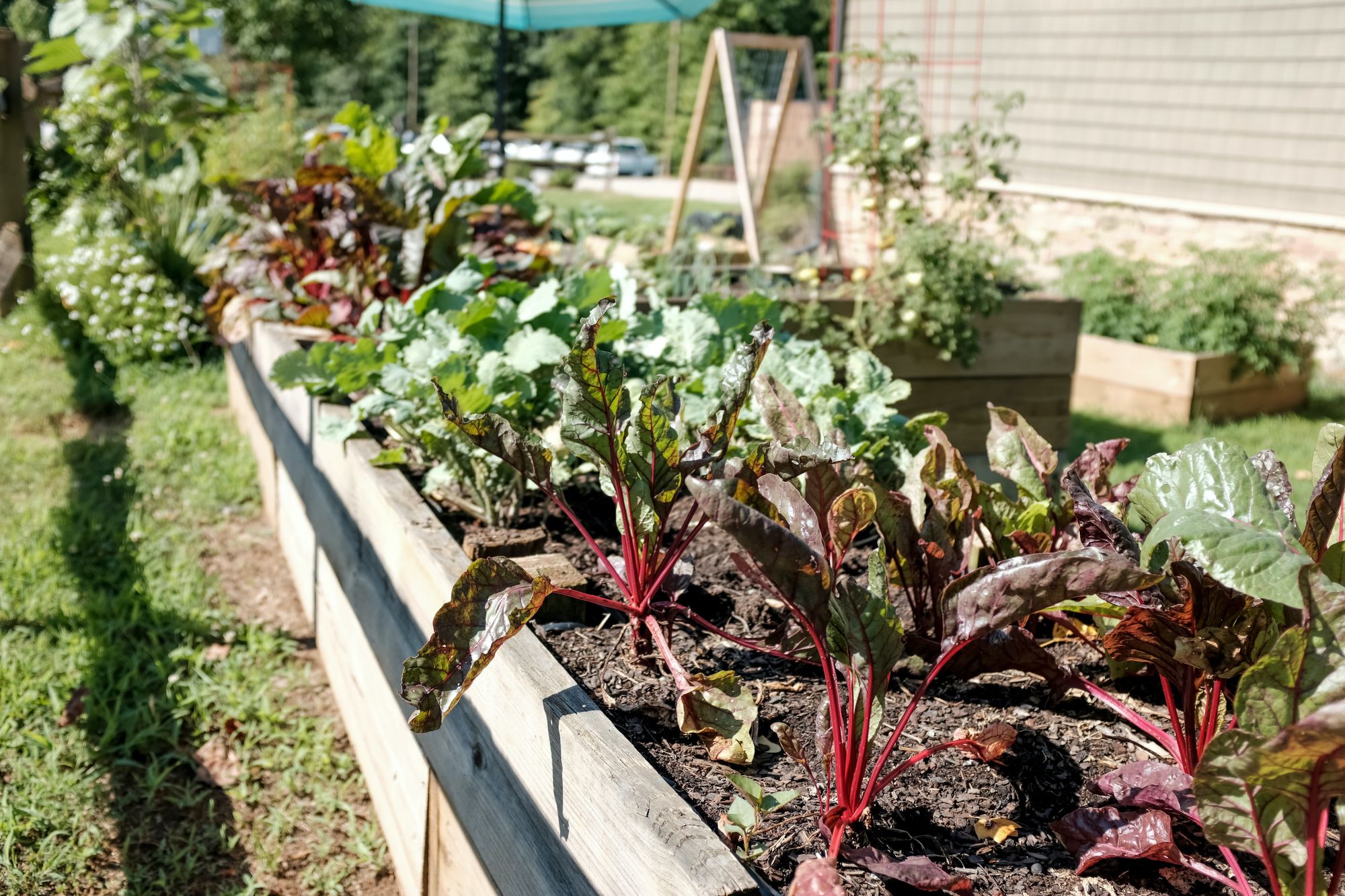A Guide to the children’s vaccination schedule

The development of a child is very crucial and delicate. From the moment they are conceived, the mother is told to go for clinics in order to monitor the child’s growth.
In the same way, a child’s immunity should be taken as a very crucial and delicate aspect of the child’s development.
A parent is expected to do all in their power to ensure that none of the vaccines are skipped at any stage.
Studies consistently show that vaccines are powerful tools to prevent or significantly reduce the impact of diseases. These safe and effective vaccines should be offered to children at the earliest age recommended for maximum protection.
In 1980, the Ministry of Health (MoH) launched Kenya Expanded Programme on Immunization (KEPI) to fight six childhood killers diseases: tuberculosis, polio, diphtheria, whooping cough, tetanus, and measles.
Their main aim was to vaccinate all kids under one year. The programme currently exists as the National Vaccines and Immunization Program (NVIP).
Here is a breakdown of the important vaccinations included in the KEPI schedule:
At birth or at first contact
Bacillus Calmette Guérin (BCG)- This vaccine is very effective in preventing severe tuberculosis in infants. It is administered through an injection just under the skin on the upper arm.
At six weeks and ten weeks.
Rotavirus-1 – Rotavirus disease causes severe diarrhea, vomiting, and fever in babies. The vaccine is given by putting drops in the infant’s mouth.
The World Health Organization (WHO) recommends the rotavirus vaccine to be given alongside Diphtheria-Tetanus-Pertussis (DTP) vaccine.
At 10 weeks and 14 weeks

Oral Polio Vaccine (OPV) – This is vaccination against the polio virus which is an infectious disease that invades the nervous system and can lead to paralysis. It is administered orally as two drops.
At six months
Measles vaccine – This protects your baby against four diseases namely, measles mumps, rubella, and chickenpox.
Measles is one of the most contagious of all childhood illnesses. It causes flu- like symptoms like high fever, runny nose and watery eyes.
Rubella is a viral infection that causes mild fever and rash in infants while mumps is a contagious disease caused by a virus that infects the salivary glands.
Chickenpox is an infection caused by the varicella-zoster virus. An itchy rash typically starts on the face and scalp then spreads to other parts of the body.
The government introduced the Measles-Rubella (MR) combined vaccine in 2016 in response to the recent surge of rubella cases in the country.
At seven months
The World Health Organization (WHO) recommends the scheduled use of malaria vaccines for the prevention of malaria in children living in malaria prone areas, prioritizing areas of high transmission. The vaccine is provided in four doses. The fifth dose may be considered in areas where there is a significant malaria risk. You can protect your baby from malaria by using insecticide-treated mosquito nets and eliminating stagnant water around your home.
At nine months
Yellow fever – Yellow fever is an infectious mosquito-borne disease. A single dose of the vaccine provides life-long protection for your child. The vaccine provides maximum immunity within 30 days for more than 99% of people vaccinated.
10-14 years for girls
Human Papillomavirus (HPV) vaccine – WHO recommends the HPV vaccines for girls aged 10 to 14 ideally before they are exposed to the virus. Kenya took a big step forward in 2019 by launching a free program offering the vaccine in two doses, six months apart, to 10-year-old girls.
To stay updated, mark your calendar and set reminders for upcoming vaccinations to ensure your child does not miss out.
By following the KEPI schedule, you’ll give your child the best chance to grow up healthy and strong. For more information, you can visit the Ministry of Health’s website or talk to your pediatrician. Remember, vaccination is a gift of love that protects your child and the community.







